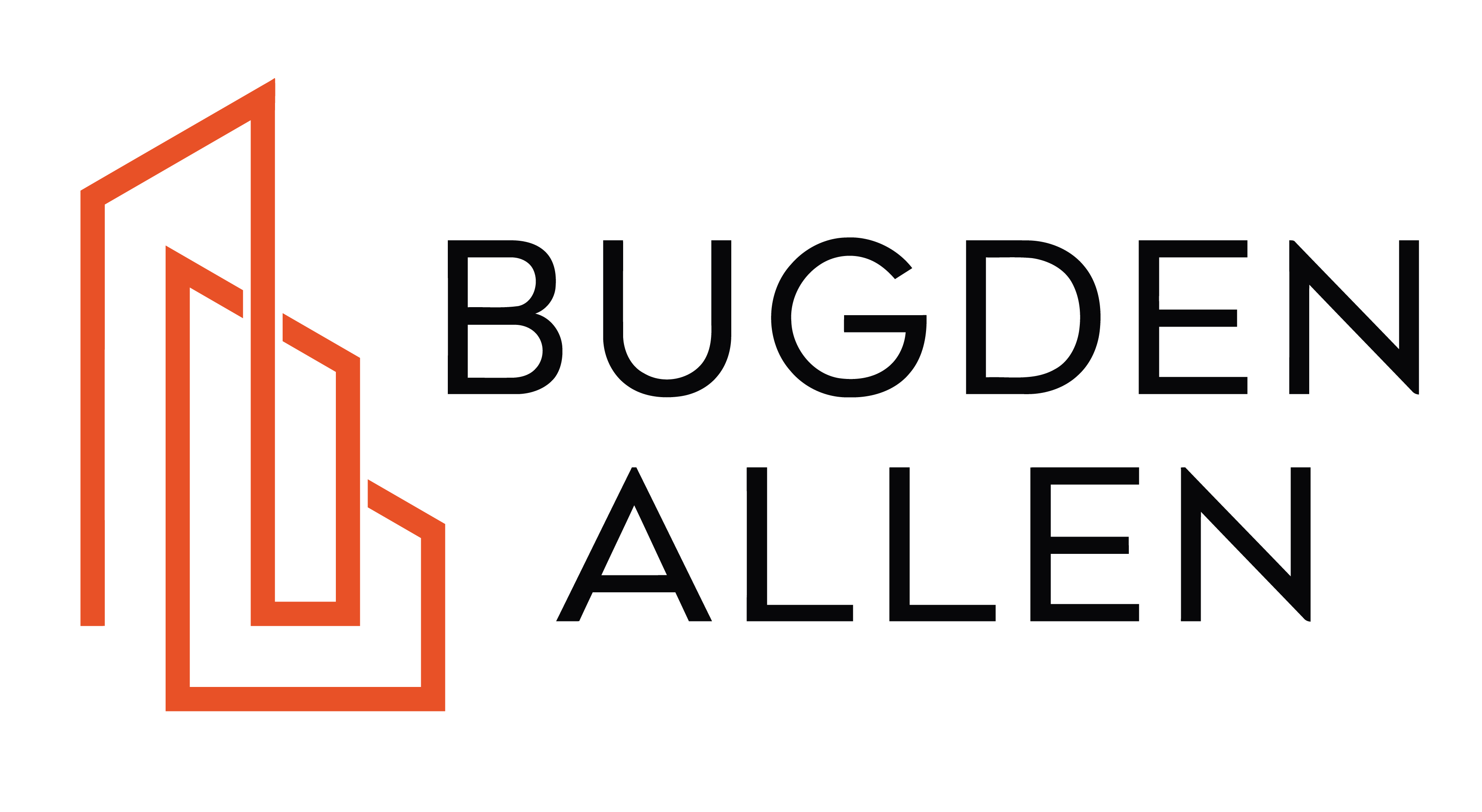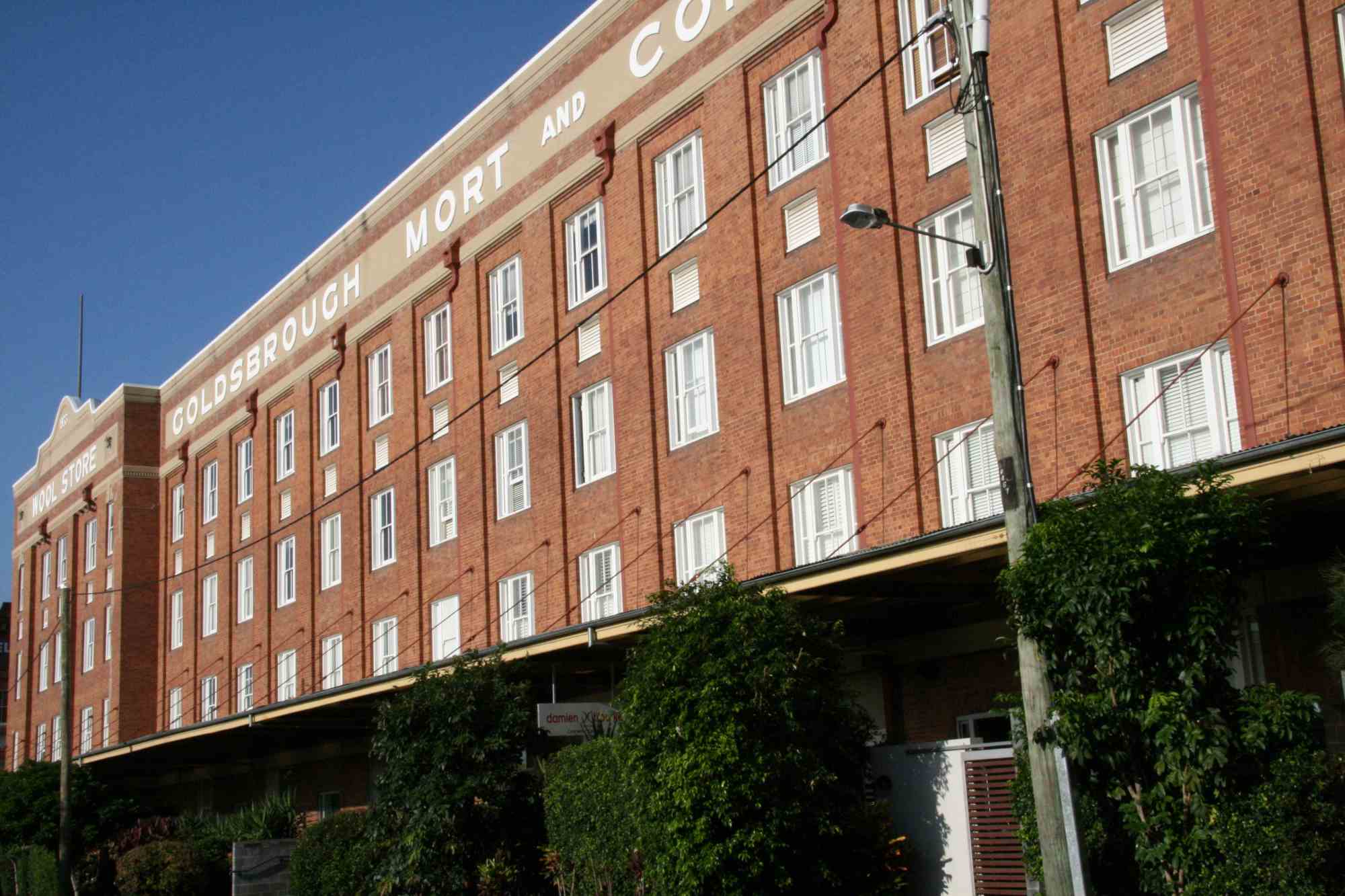A response to The Guardian’s article on 25 March 2024 + the LevyCollect Approach
This article, written by Petra Lohmann, the general manager of our LevyCollect team, is in response to a newspaper article published in The Guardian on 25th March 2025 titled “Lost its human touch: Australians ending up in court over missed strata fees in cost-of-living crisis”.
Petra’s article addresses some clear misinformation in the Guardian’s reporting and how the steps and procedures undertaken by our LevyCollect team differ in comparison to some of the practices adopted by some of the more ‘hard-core’ agencies practicing in the strata industry, some of which were highlighted in The Guardian’s article.
Link to the Guardian article
Let’s address the misinformation first.
1. Bankruptcy as a first resort
The Guardian’s article comments that “Homeowners are facing legal action and bankruptcy, sometimes after just one missed payment, as strata managers increasingly use litigation as a first resort.”
Firstly, strata managers are not the ones commencing litigation against lot owners. It is their Owners Corporation clients.
Secondly, I can safely say that across the various states and territories we work in, there is not a single client that uses litigation as a first resort.
In fact, all our clients have a standard three stage arrears approach, which takes the form of an initial gentle reminder, a sterner arrears notice as a second course, with the third step notifying the lot owner that the matter has been or will be referred to a law firm or debt collection agency for recovery action.
This is then followed by a formal letter of demand which, in certain states, is not mandatory, but is issued as a final courtesy to motivate a lot owner to either pay the arrears in full or enter into a payment plan.
With over 38 years’ experience in managing debt collection work for overdue strata levies, I estimate that more than 50% of letters of demand result in levies being paid in full or an arrangement is put in place that is suitable to both parties, resulting in the payment of arrears.
A further 20%-30% often result in open communication between the parties to address certain issues that the lot owner has. This may be language barriers, a lack of understanding of what strata levies are, or the lot owner may have a gripe with the Owners Corporation (‘OC’). This might relate to the fact maintenance of the common property has not been carried out, or the strata manager’s performance. Once we explain the importance of strata levies and how these gripes are not a legal justification to withhold payment, we typically see owners pay their levies in full, or enter a payment plan that suits their current financial capacity and is acceptable to the OC.
2. Legal action as a first resort
The article states “body corporates and strata managers increasingly taking legal action as a first resort rather than the last where an owner has missed just one payment” and that “In NSW, a notice of recovery action can be filed in court 21 days after a missed payment, while in Victoria a notice can be filed after 28 days.” [my emphasis added].
These comments are incorrect.
In New South Wales, section 86(2A) of the Strata Schemes Management Act 2015 (“the Act”) provides that an Owners Corporation “….may, … recover as a debt in a court of competent jurisdiction, a contribution not paid at the end of 1 month after it becomes due and payable, together with any interest payable on that contribution and the reasonable expenses of the owners corporation incurred in recovering those amounts.”
However, the Act further provides at s.86(4), that: “An owners corporation must not take action to recover an amount under this section unless it has given the person against whom the action is to be taken at least 21 days notice of the action” – this, by way of Letter of Demand/Notice of Action.
Regulation 19 of the Strata Schemes Management Regulation 2016 makes provision for the type of information required to be detailed in any Letter of Demand/Notice of Action putting the lot owner on notice of the Owners Corporation’s intended recovery action to be taken in the event that the demand is not satisfied, including whether a payment plan may be entered into and any other action that may be taken to arrange for payment of the amount in arrears.
The Letter of Demand/Notice of Action makes provision for compliance within twenty-one (21) days of service on the lot owner, and the service period is seven (7) working days after postage.
In Victoria, the article’s assertion that court proceedings can be filed 28 days after a levy payment is missed, is incorrect.
Section 32 of the Owners Corporations Act 2006 states that if a fee notice is not paid within 28 days after issue, that the Owners Corporation may give a final notice in the approved form to the lot owner: i.e. a “Final Fee Notice”. Section 32 then goes on to detail the kind of information required to form part of that final fee notice. Again, the compliance period for a Final Fee Notice is 28 days after, but not including the date of that notice. Once that final fee notice has expired, if the arrears have not been paid, then the Owners Corporation takes the further reasonable (yet unrequired) step of issuing one last final warning by way of a letter of demand to the lot owner, requiring payment within seven (7) days. Time is also allowed for the postage rule being a further 7 business days after sending, prior to the Owners Corporation then giving consideration to the commencement of court recovery proceedings if payment has not been received, and no contact has been made by the lot owner.
In both states, given our clients’ three stage arrears processes, which can take up to 6 weeks as they generally commence 7 days after a levy has become outstanding and allowing for the letter of demand time frames, an Owners Corporation will usually not be in a position to even consider the commencement of court recovery proceedings for at least 12 weeks after a levy becomes outstanding.
The LevyCollect process – court recovery proceedings
In this section I will refer generally to NSW and VIC, although our processes are similar across all states and territories:
- If recovery proceedings become necessary, and an initiating process is not paid, or arrangements are not made with the lot owner for payment of the claim, then judgment may be obtained by default.
- Post judgment, payment of the debt will generally be resolved by way of the following enforcement avenues:
- Writ for the Levy of Property (NSW) or Warrant to Seize Property (VIC).
- Garnishee Order for attachment to Debts, Wages or Rent (NSW) or Garnishee Orders are an avenue, but less common in VIC.
- Although not an “enforcement” avenue, an Examination Notice to Examination Order (NSW) or Summons for Oral Examination (VIC), can often reveal information to assist with the enforcement process, such as: an owner’s bank account details (one or several), employer details, letting agent details and the like, which can then lead to further enforcement option.
- If a Writ for the Levy of Property (NSW) or a Warrant to Seize Property (VIC) is returned unsatisfied then steps can be taken via the Supreme Court in the relevant state for possession and sale (NSW) or Warrant for Seizure and Sale (VIC) of the relevant Lot.
Personal or Corporate Insolvency
There is no denying that many collection agencies, particularly one which is quite active in the Australian strata industry, are very pro-bankruptcy. In fact, some operators go so far as to issue a bankruptcy notice right after judgment has been obtained for an amount, or a combination of judgments for the same owner, which total at least $10K.
We have seen instances where an individual or individuals who own several lots in the same NSW strata scheme have had multiple Statements of Claim issued against them on the same day (one for each Lot, rather than combining the debt in respect of both lots in the one claim), purely because the resultant combined judgments incorporating the scale legal costs for each claim, brought the combined debt over the bankruptcy threshold. No prior enforcement attempts were undertaken but rather, a bankruptcy notice was issued directly after judgment was given. An act of bankruptcy occurred, a Creditor’s Petition and supporting documents were filed with the Federal Circuit and Family Court of Australia and the Creditor’s Petition debt was paid at the 11th hour.
What many collection agencies fail to recognise is that neither winding-up (in the case of a company lot owner) or bankruptcy (in the case of a real person lot owner) are “debt recovery processes” and the Supreme Court, Federal Court and/or Federal Circuit and Family Court of Australia are not a forum for the recovery of debts, but rather a forum for the proving of insolvency.
If proceedings are initiated via either the Supreme Court (winding-up), Federal Court and/or Federal Circuit and Family Court of Australia (bankruptcy), the courts will generally want to be rest assured that prior enforcement avenues have proved unsuccessful.
Neither the commencement of winding-up proceedings nor bankruptcy proceedings should be taken as a matter of first course, but only ever as a last option, if it has become evident that a lot owner is not able to pay his, her or its debts as and when they become due and payable.
An example of this is generally because all available enforcement avenues in the lower jurisdiction have failed and further, that a Creditor’s Statutory Demand for Payment of Debt (in the case of corporate insolvency) and a Bankruptcy Notice (in the case of personal insolvency) were not complied with within the mandatory 21 day time frame, thereby causing a presumption of insolvency and act of bankruptcy respectively, upon which an OC can then rely, when bringing corporate or personal insolvency proceedings before the Courts.
Our approach to corporate or personal insolvency
In no circumstances does the LevyCollect team ever recommend corporate or personal insolvency as a first course of action after judgment has been obtained.
In fact, all avenues of enforcement are exhausted before suggesting to a client that winding-up or bankruptcy may be the only other avenue available to it.
In both circumstances a comprehensive advice is provided, cautioning the client as to the seriousness of insolvency proceedings and particularly addressing the matter of costs, which are never guaranteed and always at the Court’s discretion.
The percentage of LevyCollect files that result in either corporate or personal insolvency are far and few between: estimated at less than 1% of all instructions received.
What sets LevyCollect aside from other collection agencies
What sets LevyCollect aside from other collection agencies is our approach, not only to the debt recovery process, but also the manner in which we interact with lot owners, committees and the strata manager.
- Our LevyCollect Portal, which is offered free-of-charge to our clients, gives our clients real-time visibility over the matters we are managing on their behalf. We also use it as a debtor management tool to recover funds quickly and cost effectively.
- Our motto is: Recover the debt as quickly and cost effectively as possible, with kindness and compassion.
- Our mission: We want to help the lot owner(s) help themselves to achieve a zero balance expeditiously.
- Whilst maintaining a firm hand (if we need to), we work with owners and our clients to achieve the desired result (i.e. the payment of the debt).
- Even when court proceedings commence, judgments are obtained and enforcement action is implemented, we do not dispense with this personal approach.
- At every stage of the process our team assists in educating lot owners about their responsibilities under the relevant legislation and the Owners Corporation’s or Body Corporate’s (as the case may be) right of recovery, in a kind and courteous manner.
- We do not mollycoddle, or indulge lot owner’s grievances, rather we guide owners to understand that non-payment of their levies is not the way to bring attention to any issues they may have with the management of their schemes.
- Whilst there are a select number of “habitual debtors” who have come across our desks again and again over the decades, the approach detailed above generally ensures we don’t encounter the bulk of recalcitrant lot owners again.
- Corporate and/or personal insolvency are never adopted as a matter of course in the first instance, but only in extreme circumstances, when all other avenues have failed.
Collecting outstanding strata levies is not an easy job. Our team are often abused for the work they have been asked to do on behalf of OC’s. Strata schemes have just one income source – strata levies. Those levies are used to pay for insurance, cleaning and maintenance. They are also used to repair the building, which sometimes includes critically important assets such as fire safety systems and lifts. Owners that do not pay their levies are putting these assets at risk. They are also creating undue stress and financial hardship on the 95%+ of owners that do pay their levies on time. So, it is important these debts are paid as quickly and efficiently as possible, but knowing this is people’s home or their largest investment, it can also be done with kindness and compassion.
—-
Petra Lohmann, 29th May 2024.
—
If your strata scheme or management portfolio is looking for a levy recovery team that are the most experienced in the industry, but also the most innovative, then please reach out to our team at levycollect@bagl.com.au
Disclaimer: Nothing in this article is intended to be legal advice. You should seek legal advice tailored to your property’s specific circumstances. The information in this article and on our web site are of a general nature and is not intended to address the circumstances of any particular individual or entity. Although we endeavour to provide accurate and timely information, we do not guarantee that the information in this article is accurate at the date it is published or that it will continue to be accurate in the future.




